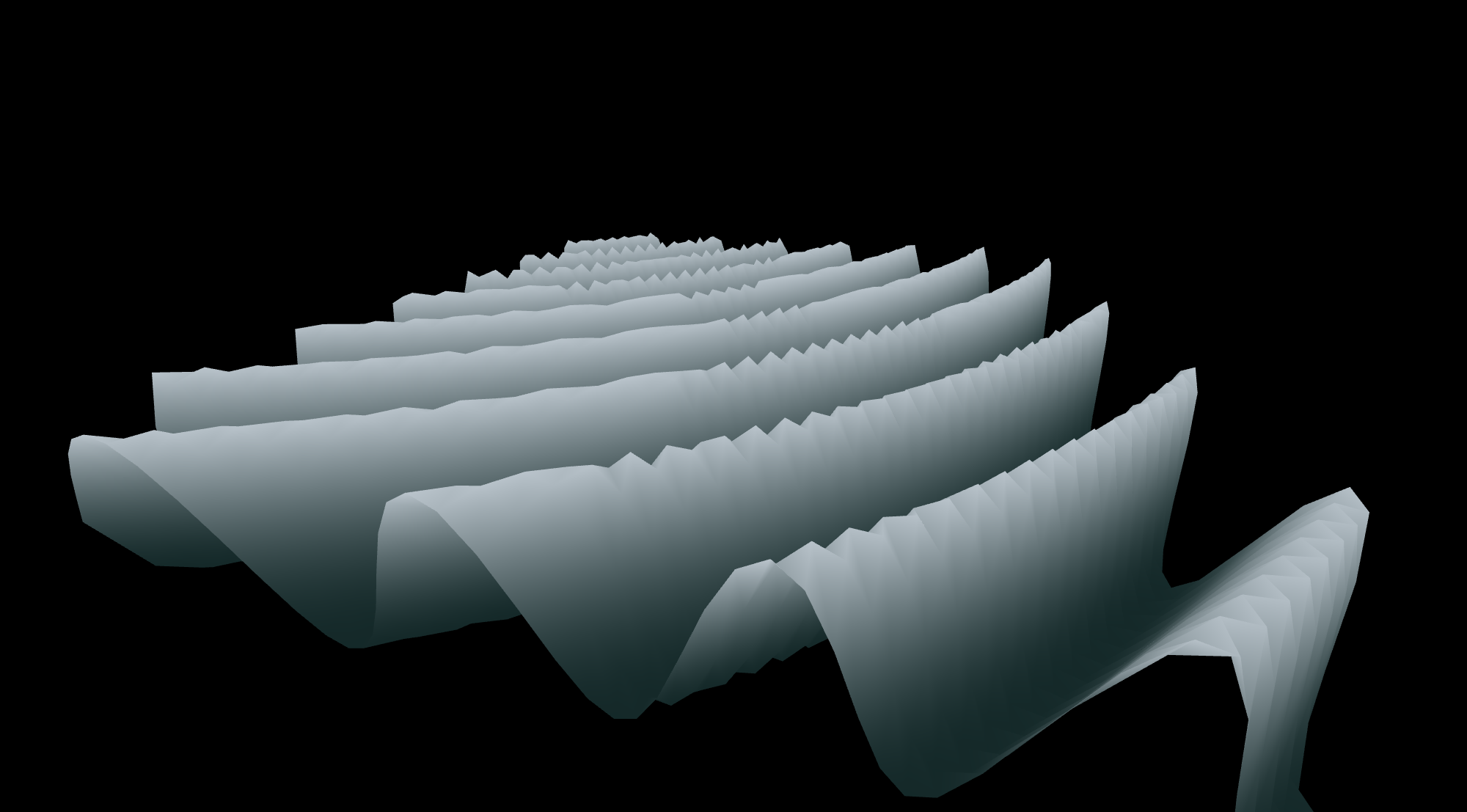I am experimenting on a simple wave tessellation shader. I ported it from a working vertex shader. When my frequency is higher than 1, I get strange "saw-tooth" artifacting at peaks of the wave. Here are some images with a frequency of 3.
If I keep the frequency lower, it is smooth as butter. Any ideas what the problem could be?
#version 410 core
layout(quads, equal_spacing, ccw) in;
in vec2 teUv[];
out vec2 fUv;
out vec4 fWorld_pos;
uniform mat4 VP;
uniform mat4 M;
uniform sampler2D water_disp;
uniform float time;
const float M_PI = 3.1415926535;
float water_displacement(vec2 pos) {
const float freq = 3.0; // <-- This is the problematic value.
float d = length(pos);
return (0.5 + 0.5 * sin(-M_PI * d * freq + time));
}
void main() {
vec4 p1 = mix(gl_in[0].gl_Position,
gl_in[1].gl_Position,
gl_TessCoord.x);
vec4 p2 = mix(gl_in[2].gl_Position,
gl_in[3].gl_Position,
gl_TessCoord.x);
vec4 local_pos = mix(p1, p2, gl_TessCoord.y);
fWorld_pos = M * local_pos;
fWorld_pos.y += water_displacement(fWorld_pos.xz);
gl_Position = VP * fWorld_pos;
vec2 uv1 = mix(teUv[0], teUv[1], gl_TessCoord.x);
vec2 uv2 = mix(teUv[2], teUv[3], gl_TessCoord.x);
fUv = mix(uv2, uv1, gl_TessCoord.y);
}
And more examples:



